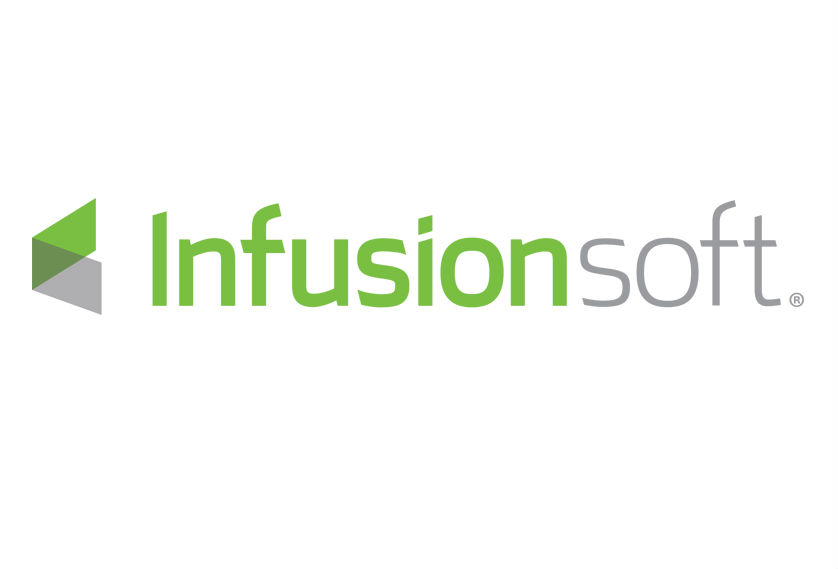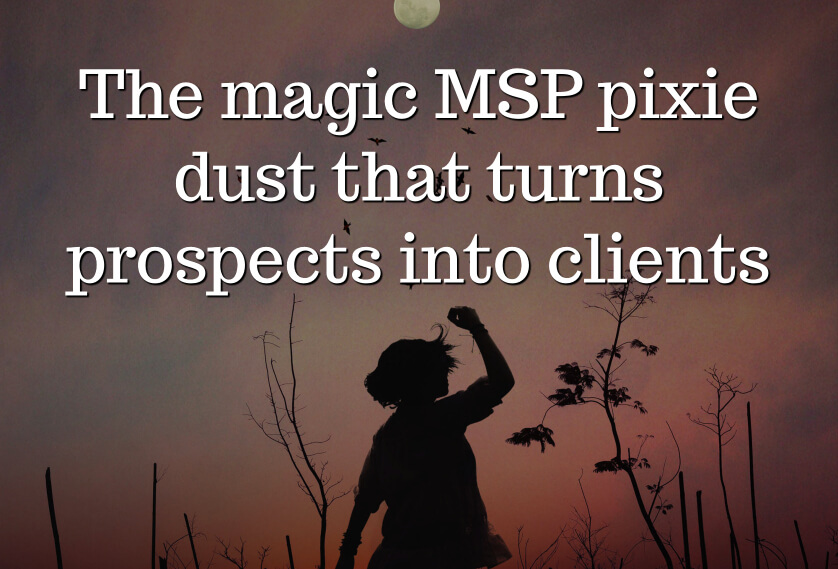Email is old. Really old. The first ever email was sent in October 1971. It’s old; it’s frustrating; and it’s annoying.
Yet it’s also profitable. Because despite being a technology designed yesterday, it’s still an incredibly powerful way to reach people and persuade them to do something.
The Radicati Group released an email statistics report a few years back, estimating there are 108.7 billion emails sent a day, by 2.5 billion users, using 4.1 billion email accounts.
And if growth trends continue, that will be 2.8 billion people sending 139.4 billion emails a day by next year.
How has email survived in the social media era? As the report says: “Email is integral to the overall internet experience as an email account (i.e. email address) is required to sign up to any online activity, including social networking sites, instant messaging and any other kind of account or presence on the internet.”
Email is also incredibly personal. You can have a one on one private conversation with multiple people simultaneously.
And our relationship with it is developing. Since Gmail launched 13 years ago (2004), email has become somewhere to store your information.
To profit from promotional emails, there’s a five step process:
1) Build a list of prospects
Make data capture a priority on your website. Systemise getting and checking your prospects’ email addresses.
This is a priority. It’s also critical that you have the latest email address of the decision makers with your existing clients.
2) Get your emails delivered
Use a professional email tool such as MailChimp, or MailerLite. These will allow you to build a marketing list of hundreds, before you have to start paying.
You can check the deliverability of your emails using the free tool Mail-tester.com.
3) Get your emails opened
This is about getting the right sender name and subject line. Your business name rather than a person’s name is more likely to be recognised.
And your subject line is critical. People scan email subjects giving them a fractional amount of their attention. You’ve got to work really hard for an open.
4) Get them read
Start with a personal greeting, and then demonstrate relevance and context with your opening sentence.
Don’t write like a stuffy Victorian. Write like yourself. Be real and natural.
Always read out your email content before you send it. Dictating email content can be a smart way to write better emails.
5) Get people to take action
Make it simple for them… click a link or hit reply. If they have to pick up the phone, fewer will respond.




